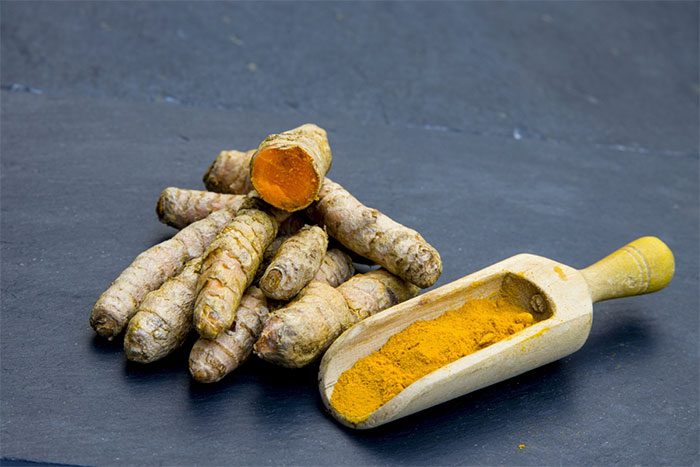In addition to enhancing the flavor of dishes, garlic, ginger, and cinnamon can also help lower blood sugar levels.

Ginger: A 2017 study from Tehran University of Medical Sciences, Iran, involving 50 patients with type 2 diabetes, showed that consuming ginger reduced fasting blood sugar levels and A1C (average blood sugar over three months). Patients can add ginger powder or fresh ginger to their meals, drink ginger tea, or take supplements in capsule form as directed by their doctor.

Turmeric: According to a 2019 review from Huazhong University of Science and Technology (China), based on 95 studies, curcumin in turmeric helps regulate lipid metabolism, reducing triglyceride and cholesterol levels in diabetic patients. This compound can improve insulin sensitivity, inhibit the production of new fat cells, and lower blood pressure, thereby reducing insulin resistance, which is beneficial for blood sugar control.

Garlic: A 2006 study from Kuwait University (Kuwait) involving 30 individuals found that consuming raw garlic could lower blood sugar levels and the risk of atherosclerosis. Diabetic patients are at a higher risk of inflammation related to atherosclerosis. Garlic consumption also reduces the incidence of heart disease, a complication more likely to affect diabetic patients.

Cinnamon: A 2016 study from the University of Baghdad (Iraq) showed that 25 patients with type 2 diabetes who consumed one gram of cinnamon daily for 12 weeks experienced a 17% reduction in fasting blood sugar levels. According to researchers, in addition to its hypoglycemic effects, cinnamon also improves oxidative stress markers, supporting diabetes management and providing antioxidant benefits.

Olive Oil: An analysis of 33 studies involving over 15,000 participants in 2017 by researchers from the University of the Basque Country (Spain) found that regular consumption of olive oil significantly reduces the risk of type 2 diabetes. Diabetic patients who incorporate olive oil into their diet may experience noticeable reductions in fasting blood sugar and A1C levels.




















































